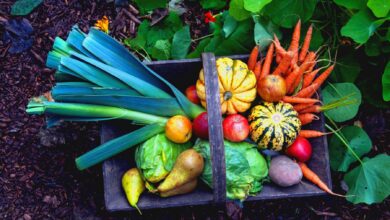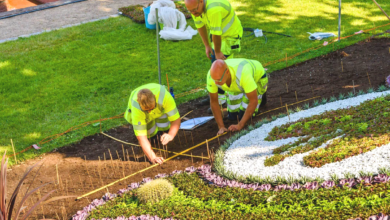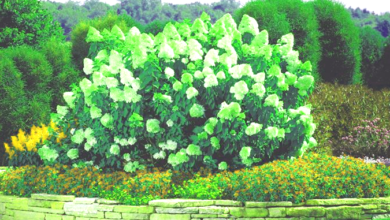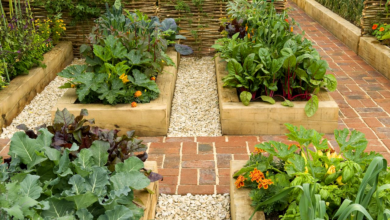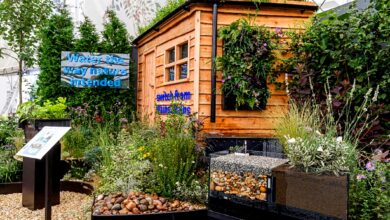
Colorado’s unique climate and diverse geography make gardening and lawn care a challenging yet rewarding endeavor. Whether you’re in the arid plains, the foothills, or the high-altitude mountain regions, maintaining a lush lawn and vibrant garden requires specialized knowledge and care. This article explores the key aspects of premier gardening and lawn care in Colorado, providing expert insights on soil preparation, plant selection, watering techniques, pest control, and seasonal maintenance.
Understanding Colorado’s Climate and Soil Conditions
1. Unique Climate Zones
Colorado’s climate is diverse, ranging from semi-arid conditions in the plains to alpine climates in the mountains. The state experiences extreme temperature fluctuations, sudden frosts, and limited rainfall. Understanding your specific climate zone is crucial to selecting the right plants and lawn care techniques.
2. Soil Composition and Preparation
Colorado’s soil tends to be alkaline and clayheavy, which can make it difficult for plants to thrive. Amending the soil with organic matter, compost, and natural fertilizers helps improve drainage and nutrient availability. Conducting a soil test before planting can provide valuable insights into pH levels and nutrient deficiencies.
Choosing the Right Grass for Your Lawn
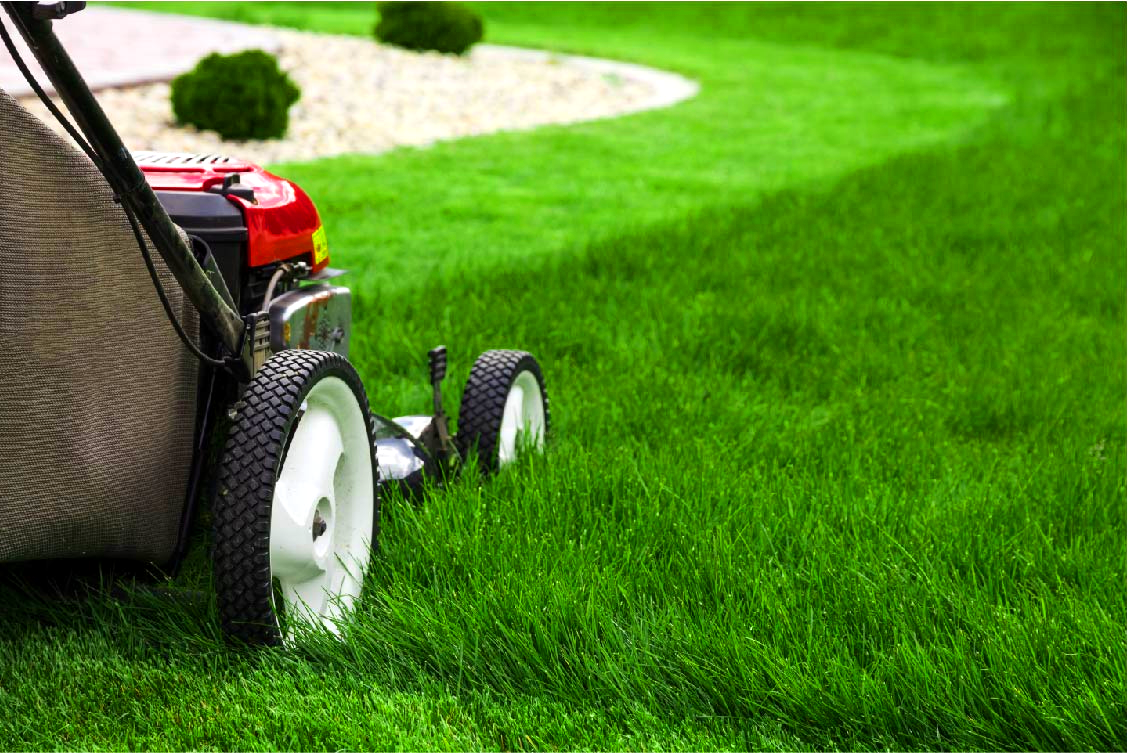
1. Cool-Season vs. Warm-Season Grasses
Colorado homeowners typically choose between cool-season grasses like Kentucky bluegrass, perennial ryegrass, and fescues, or warm-season grasses like buffalo grass and blue grama. Cool-season grasses are ideal for higher elevations, while warm-season grasses are more drought-tolerant and suitable for low-water landscapes.
2. Drought-Tolerant Options
Given Colorado’s dry climate, choosing drought-resistant grasses like buffalo grass and fine fescue can reduce water consumption and maintenance requirements. These grasses require less frequent mowing and fertilization while maintaining a lush appearance.
Effective Watering Strategies
1. The Importance of Deep Watering
Shallow watering leads to weak root systems, making lawns and gardens more susceptible to drought stress. Deep watering encourages roots to grow deeper into the soil, making plants more resilient. The best practice is to water early in the morning or late in the evening to reduce evaporation.
2. Drip Irrigation and Smart Sprinklers
Drip irrigation systems deliver water directly to plant roots, minimizing waste and maximizing efficiency. Smart sprinklers equipped with weather sensors help optimize watering schedules based on real-time climate conditions.
Essential Lawn Care Practices
1. Mowing Techniques
Proper mowing techniques are essential for maintaining a healthy lawn. Mowing at the right height (usually around 2.5 to 3 inches for most grasses) helps retain soil moisture and prevents weed growth. Avoid cutting more than one-third of the grass blade at a time to reduce stress on the lawn.
2. Fertilization and Aeration
Fertilizing at the right time ensures optimal growth and resilience. In Colorado, early spring and late summer are ideal times for fertilization. Aeration, which involves perforating the soil to allow air, water, and nutrients to penetrate the roots, should be done at least once a year to improve lawn health.
Choosing the Best Plants for Your Garden
1. Native and Drought-Resistant Plants
Colorado’s native plants, such as blue columbine, penstemon, and rabbitbrush, require minimal water and maintenance while thriving in local conditions. Xeriscaping, a landscaping technique that emphasizes drought-resistant plants, is an excellent way to create a beautiful and sustainable garden.
2. Companion Planting for Pest Control
Companion planting involves growing certain plants together to enhance growth and deter pests. For example, planting marigolds alongside vegetables can repel aphids, while lavender helps keep mosquitoes and moths away.
Pest and Weed Management
1. Natural and Organic Pest Control
Chemical pesticides can harm beneficial insects and wildlife. Instead, opt for natural pest control methods such as introducing ladybugs to combat aphids or using neem oil to deter harmful insects.
2. Weed Prevention Techniques
Mulching helps suppress weeds while retaining soil moisture. Hand-pulling weeds before they seed and using corn gluten meal as a natural pre-emergent herbicide can help maintain a weed-free lawn and garden.
Seasonal Gardening and Lawn Care Tips
1. Spring Preparation
Spring is the time to aerate the lawn, apply preemergent herbicides, and start planting hardy perennials. Regularly checking for pests and diseases can help prevent infestations before they become severe.
2. Summer Maintenance
Summer watering should be deep and infrequent to encourage strong root systems. Mowing should be done consistently, and deadheading flowers can promote continuous blooming.
3. Fall Lawn and Garden Care
Fall is the perfect time to oversee the lawn, apply slow-release fertilizers, and plant spring-blooming bulbs. Raking leaves and composting organic debris helps enrich the soil for the next growing season.
4. Winter Protection
Winterizing your lawn by applying winter fertilizer and covering vulnerable plants with mulch or burlap helps protect them from freezing temperatures. Snow acts as an insulating layer, but excessive ice buildup should be removed from delicate plants.
Sustainable and Eco-Friendly Gardening Practices
1. Composting and Soil Health
Creating a compost bin helps recycle organic waste while enriching soil with essential nutrients. Composting kitchen scraps, grass clippings, and leaves reduces landfill waste and improves soil fertility.
2. Rainwater Harvesting
Collecting rainwater in barrels provides a free and sustainable water source for your garden. This method helps reduce reliance on municipal water systems and supports eco-friendly gardening practices.
3. Pollinator-Friendly Gardens
Planting a variety of flowering plants that attract bees, butterflies, and hummingbirds enhances biodiversity. Avoiding chemical pesticides and providing habitats like bee hotels can support local pollinators.
Conclusion
Premier gardening and lawn care in Colorado require an understanding of the state’s unique climate, soil conditions, and water limitations. By choosing the right plants, implementing smart watering techniques, and practicing sustainable landscaping, you can create a thriving and beautiful outdoor space. Whether you’re a beginner or a seasoned gardener, these expert tips will help you maintain a lush lawn and vibrant garden throughout the year. Happy gardening!


